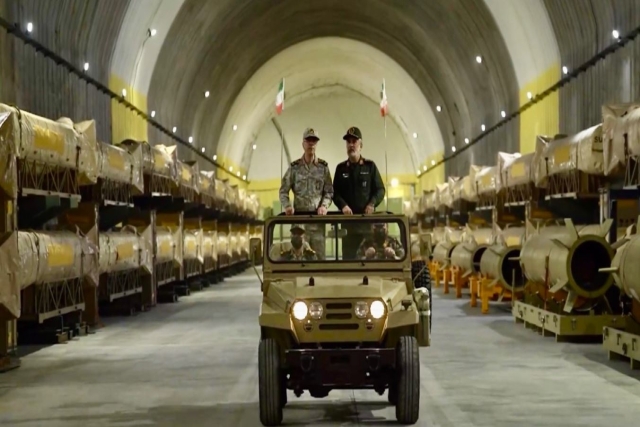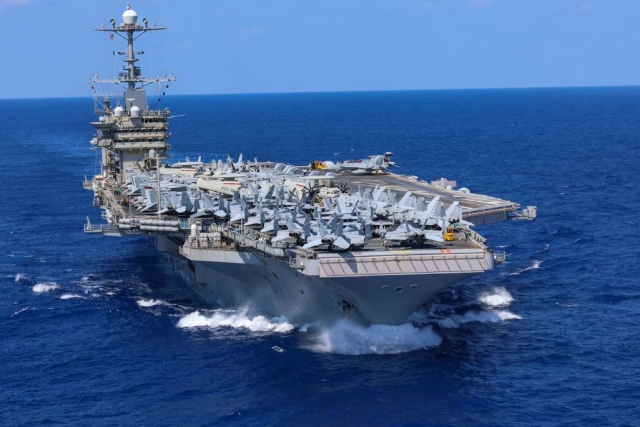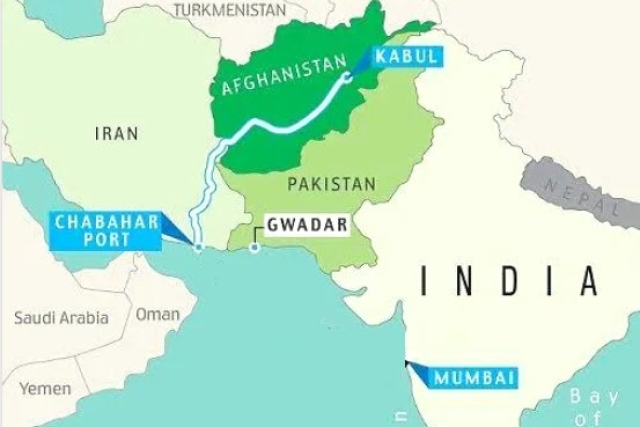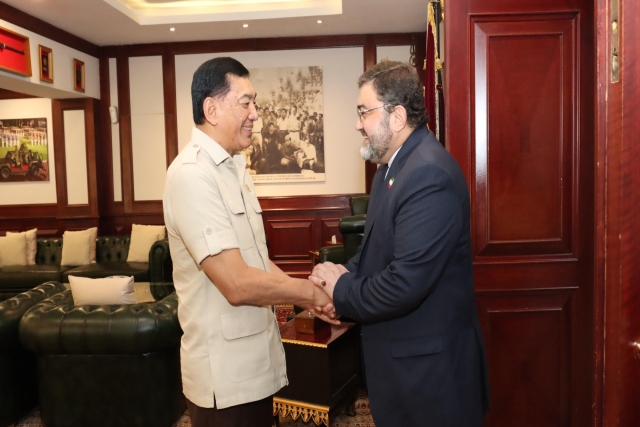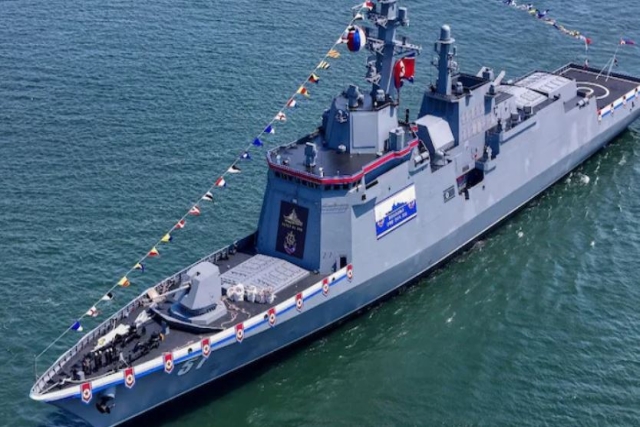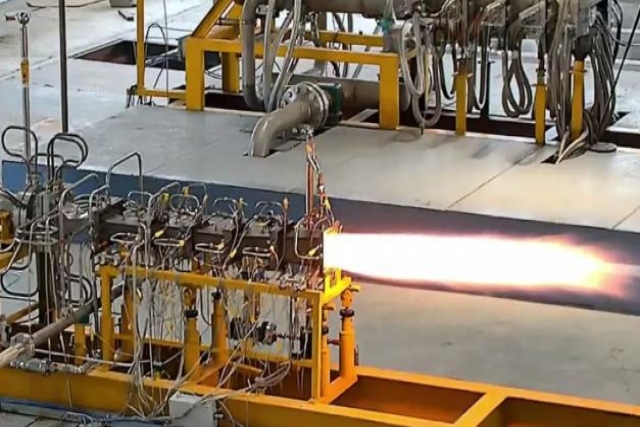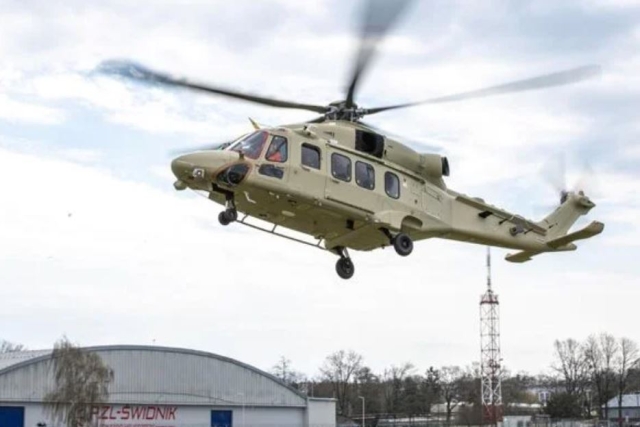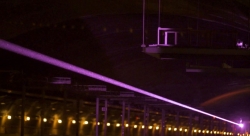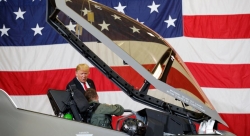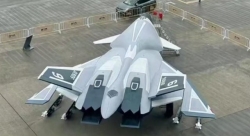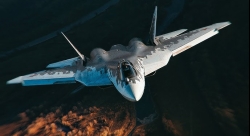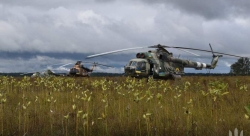B-2 Bombers, Aircraft Carriers Move Close to Gulf as Trump Gets Tough With Iran, Houthis
U.S. military reinforces presence in Indian Ocean and Middle East amid rising tensions
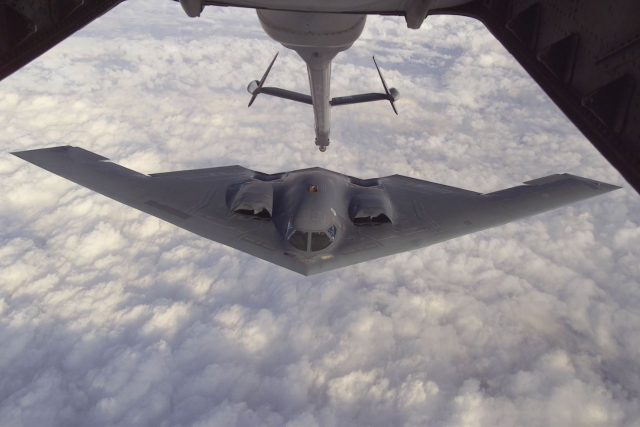
The United States has deployed multiple B-2 Spirit stealth bombers to Diego Garcia in the Indian Ocean, alongside aerial refueling tankers and support aircraft, amid escalating tensions with Iran and the Houthis in Yemen.
The move follows President Donald Trump’s two-month deadline for nuclear negotiations with Tehran and his administration’s intensified military stance against Houthi attacks on Red Sea shipping.
“The Biden Administration sat back as a band of pirates – with precision-guided, Iran-provided weaponry – exacted a toll system in one of the most important shipping lanes in the world,” President Donald Trump’s White House declared in a statement today. “The Trump Administration’s actions to hold the Houthis accountable has been a massive success – and nothing can distract from that unrelenting action to keep Americans safe.”
Satellite imagery and flight tracking data indicate that at least four B-2 bombers, including those using callsigns Pitch 11, Pitch 14, and Pitch 13, have been deployed or are en route. Support aircraft, including C-17 cargo planes and tankers, have also arrived at the British-controlled base, a historically significant launchpad for U.S. operations in the Middle East. A fourth B-2 declared an emergency and landed in Hawaii, though the Air Force has not disclosed further details.
Two new Notice to Air Mission (NOTAM) warnings are in effect for Diego Garcia—one reserving specific parking spots until May 1 and another temporarily closing several taxiways through April 27. The taxiway closures may be due to the high number of aircraft parked on the main apron.
Meanwhile, the U.S. Navy has reportedly extended the deployment of the aircraft carrier USS Harry S. Truman in the Middle East and directed a second carrier strike group, led by USS Carl Vinson, to the region. This build-up coincides with increased U.S. strikes against Houthi forces, who continue targeting Red Sea shipping routes with Iran-supplied weaponry.
President Trump has linked the Houthis’ attacks directly to Tehran, warning that any further aggression will be considered an act of war by Iran. “Any further attack or retaliation by the ‘Houthis’ will be met with great force, and there is no guarantee that that force will stop there,” Trump posted on his Truth Social social media network back on March 17. “They’re [Iran] dictating every move, giving them the weapons, supplying them with money and highly sophisticated Military equipment, and even, so-called, ‘Intelligence.’ Every shot fired by the Houthis will be looked upon, from this point forward, as being a shot fired from the weapons and leadership of IRAN, and IRAN will be held responsible, and suffer the consequences, and those consequences will be dire!”
Defense Secretary Pete Hegseth reinforced this stance, stating that Iran must end its support for the Yemeni militants or face consequences.
The timing of these deployments comes as Iran showcases a new underground missile complex, featuring a large stockpile of ballistic and cruise missiles. While Tehran denies seeking nuclear weapons, Trump administration officials insist that Iran must fully abandon its missile and nuclear ambitions or face potential U.S. action.
